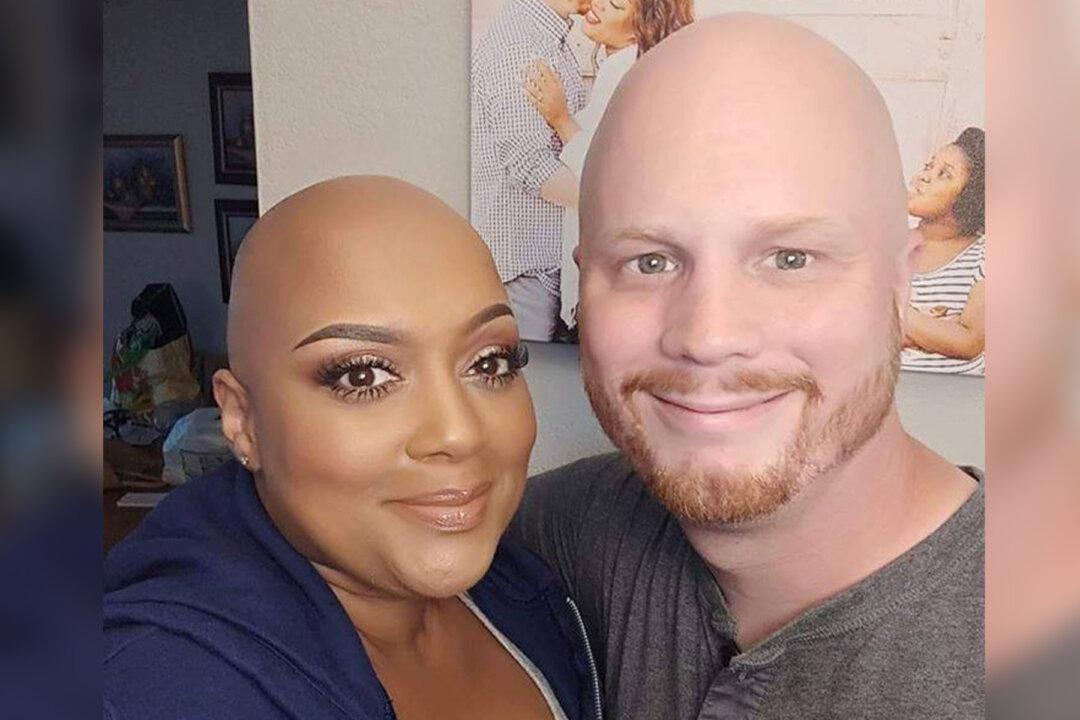A full head of hair is often a woman’s greatest accessory, but what about if you don’t have any hair? It was a sad childhood for one girl, but eventually she became strong and confident enough in herself that she could finally go without that wig she had been wearing for so long.
Alopecia, or hair loss, is caused by an autoimmune disease where the body turns against the hair follicles and attacks them.






